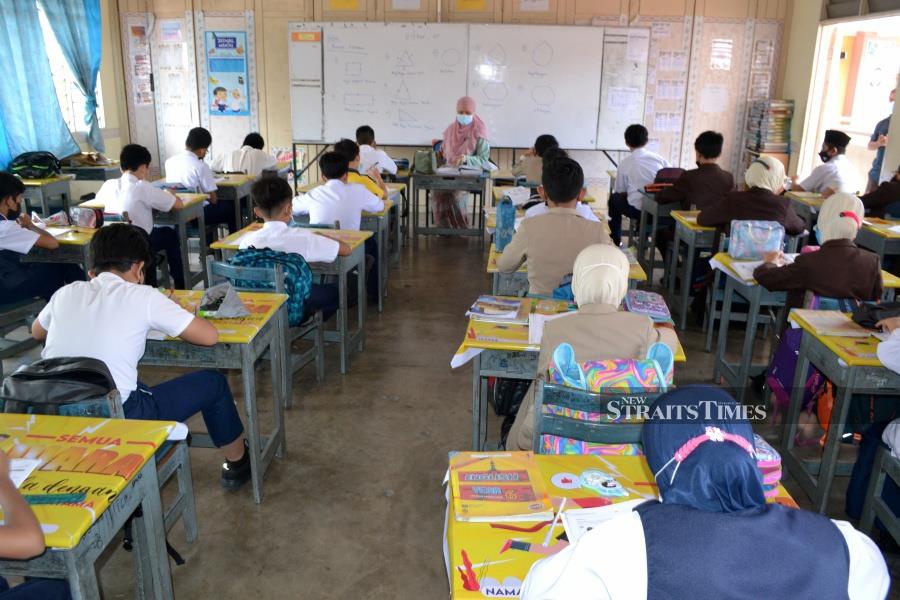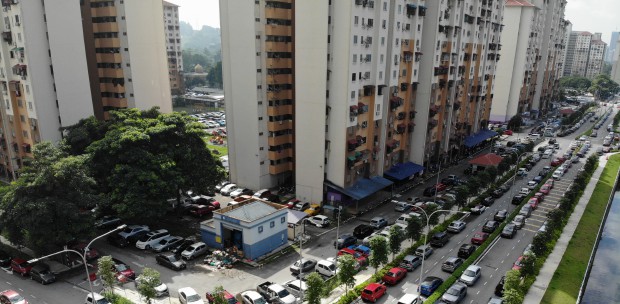IN 2017, the United Nations Educational, Scientific and Cultural Organisation's Institute for Statistics reported that 617 million children and adolescents worldwide were not achieving minimum proficiency levels in reading and mathematics.
The World Bank in 2019 estimated that about half the children in low- and lower-middle income countries could not read a simple paragraph at age 10.
Learning poverty is based on the notion that every child should be in school and be able to read an age-appropriate text by age 10.
Studies have also shown that children who are not reading at grade level are more likely to drop out of school.
This is even more so for children experiencing poverty as low proficiency in reading means they are unable to use reading skills to excel in other subjects.
A United Nations Children's Fund study on urban child poverty in Kuala Lumpur in 2018 found that 51 per cent who are 5 and 6 are not attending preschool and 13 per cent who are at the end of their lower secondary school age are not proficient in reading.
Due to Covid-19, it is predicted that an additional 10 per cent of children globally will fall into learning poverty.
The disruptions to education systems worldwide reinforce the societal divide among students, especially those who are from vulnerable communities as they lack digital infrastructure and their home environments are not conducive to learning.
This can be seen in Pahang, Kelantan, Sabah and Sarawak.
Sabah Education director Dr Mistirine Radin said about 52 per cent of students in the state did not have access to the Internet, smartphones, computers or mobile gadgets for online learning.
Sarawak Education Minister Datuk Seri Michael Manyin Jawong, in June 2021, said more than 50 per cent of students in the state had no Internet access or electronic devices to follow online learning at home during the lockdown.
Even in the Klang Valley, many are struggling because of the lack of a conducive home environment and suitable resources.
A survey by the Education Ministry on teaching and learning online involving 670,000 parents with 900,000 pupils found 6.0 per cent had personal computers, 5.67 per cent had tablets, 9.0 per cent had laptops and 46 per cent had smartphones.
While some are fortunate to have their own space, devices, connectivity and other facilities, others continue to lack the same.
One of the initiatives undertaken by Taylor's University's education and architecture students was to create a comfortable space for children from underserved communities to study called The Nest Project.
It was designed with sustainable materials that allowed the students to concentrate and feel motivated to study.
Twenty-two Nests were created for families at Lembah Subang 2 People's Housing Project and Flat Taman Seri Berembang, Port Klang.
Understandably, the shift to online learning has overwhelmed the school system but these issues, especially literacy among students, have always been there and the pandemic exacerbated them.
But it doesn't have to be that way. Educators, schools and civil society can join hands to lend a more empathetic approach to education, one where students remain the focal point.
We as a community can work together to bridge the learning gap.
Recently, the School of Education at Taylor's University began a reading project called Projek Baca Baca to improve the reading proficiency of students experiencing poverty and also to inculcate the love and joy of reading in them.
From one-to-one reading lessons twice a week with reading coaches to mentorship sessions, community initiatives like this also encourage young people to volunteer and participate in social causes.
All one needs is a telephone connection.
Efforts like these are a step forward in eliminating learning poverty in Malaysia.
Reading is a gateway to learning as the child progresses through school.
The inability to read slams the learning gate shut; students will face hardship in learning other areas, such as math, science and humanities.
The pandemic has forced the most vulnerable students into the least desirable learning situations as they face challenges in receiving the quality education they deserve.
We need to address these challenges today to build a better future for the youth of tomorrow.
The writer is programme director, School of Education, Taylor's University





